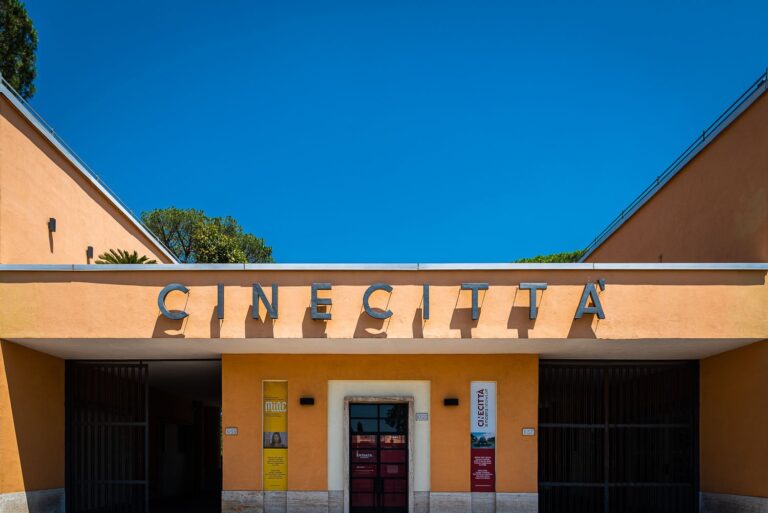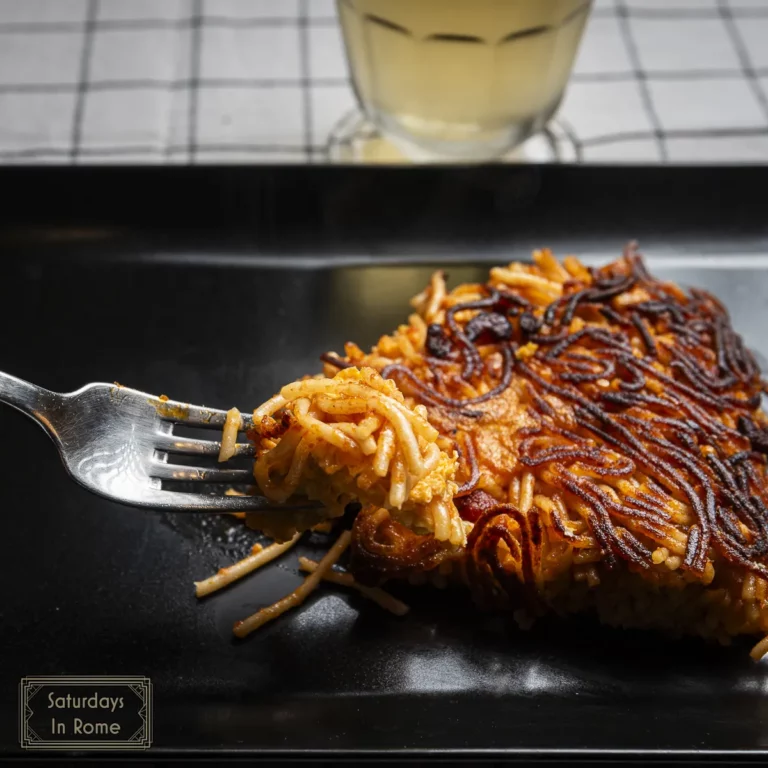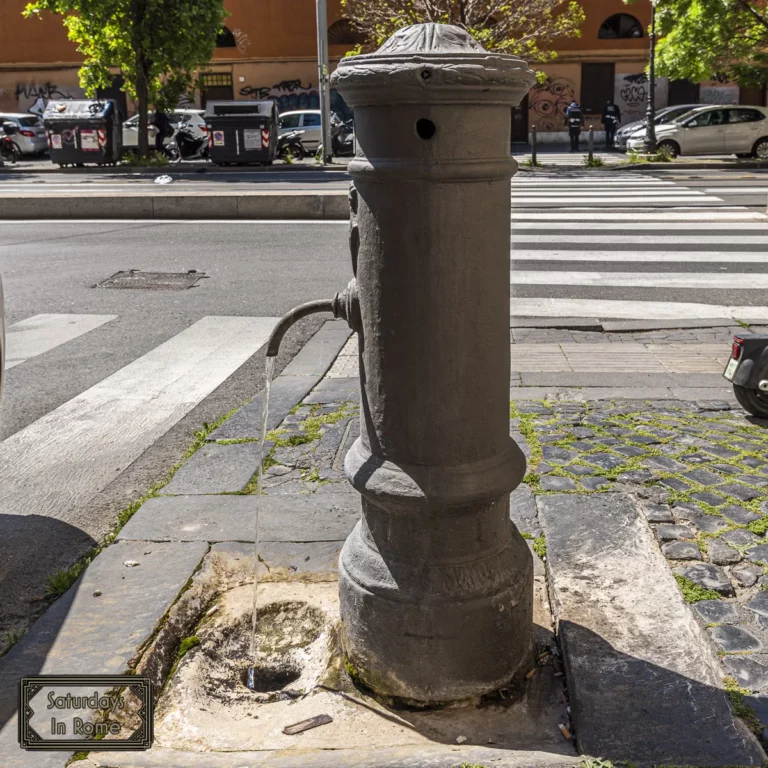Cooking With Italian Ingredients Improves Everything
When you have the opportunity to use authentic Italian ingredients in your cooking, you will be amazed how much more delicious your meals will become!

One of the hallmarks of Italian cuisine is its simplicity, regional variety and deep connections to its cultural roots. At the heart of the global appeal of Italian cooking lies a commitment to fresh, seasonal and usually not very expensive high-quality ingredients.
Need Help Planning?
- Cheap Flights: Find The Most Affordable Flights.
- Accommodations: From 1 to 5 Stars And More.
- Car Rentals: Affordable Travel Across Italy.
- Sightseeing Tours: Explore Some Amazing Tours.
- Buying An eSIM: Stay Connected In Italy.
This post includes affiliate links.
Whether you’re cooking a simple summertime Roman pasta dish or a more complex ravioli with homemade pasta, your ingredients can elevate your efforts from good to great. Admittedly, some of this can only be experienced here in Rome because of the differences in farming, but if you have access to great meats, produce and other ingredients, you should be able to create amazing dishes.
In this article, we’ll explore some of my favorite Italian ingredients to use in your cooking. Each one has its own history, regional importance and culinary traditions. We’ll also point you to some of the supporting articles that can provide you with deeper dives on these ingredients and how to use them.
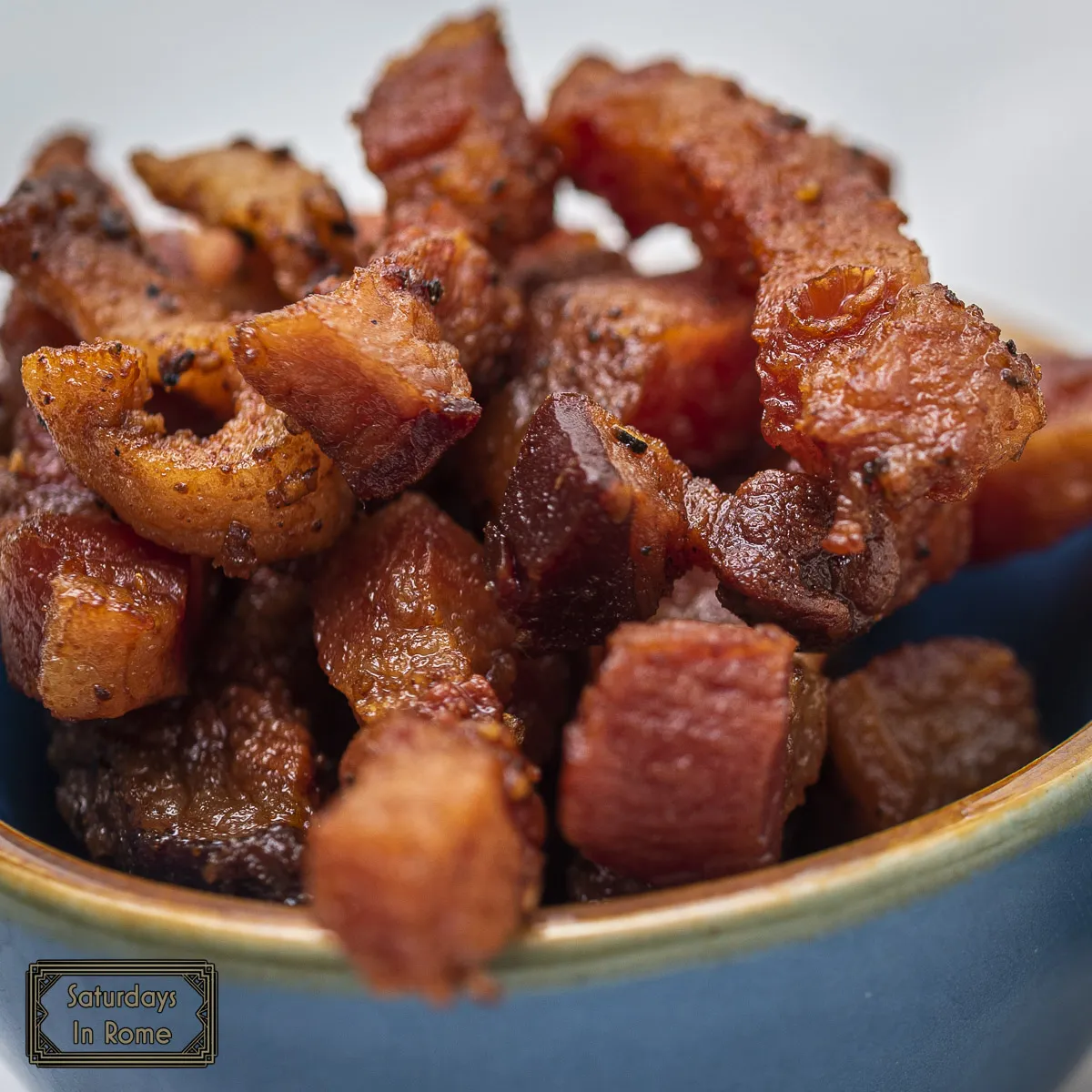
Guanciale: The Roman Cured Meat You Need
One of the most flavorful ingredients used in traditional Roman cooking is guanciale, or cured pork cheek. It’s the secret behind Rome’s most iconic dishes—pasta alla carbonara, amatriciana, and gricia. Some of you might have heard that bacon is an acceptable substitute for guanciale, and if you are unable to find the real thing, I guess it is an acceptable substitute.
That being said, the flavor differences between guanciale and bacon are substantial. First is the location of where the meat comes from. Guanciale is from the pig’s cheek and bacon is from the belly. While both are cured, Guanciale also has strong peppery seasonings added that give it the distinctive flavor. Bacon, unlike guanciale, is smoked, which also gives it a strong and different taste.
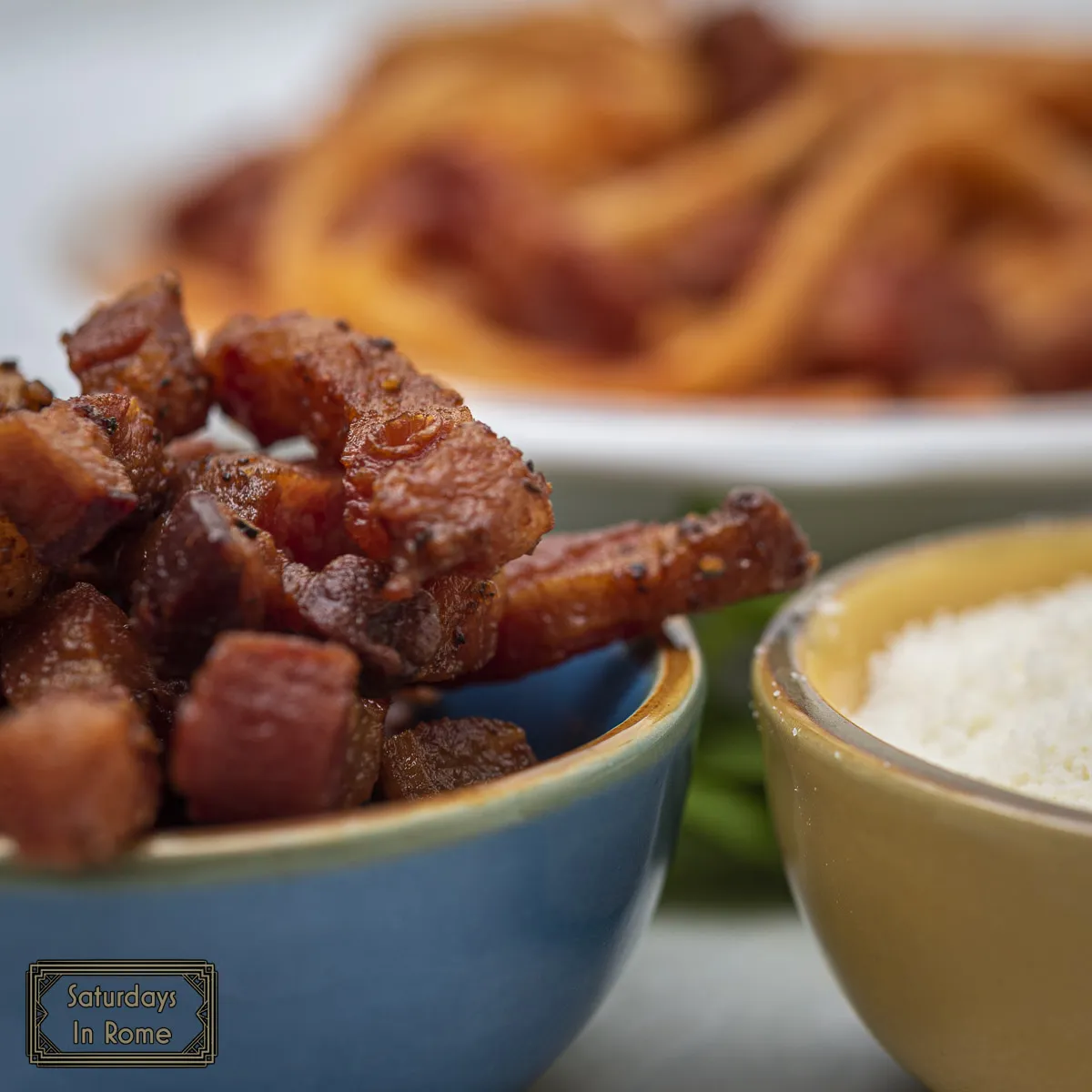
Pancetta is also a suggested substitute, but like bacon, it also comes from the belly. Pancetta is usually very lightly seasoned, and although it is also cured, the flavor is much more subtle than either bacon or guanciale. Guanciale has a unique fat composition that renders slowly, infusing dishes with a deep, savory flavor. Its curing process, often with black pepper, rosemary, and thyme, adds aromatic complexity.
Want to learn more? Read our full article: “Cooking with Cured Pork Cheeks (a.k.a. Guanciale)”.
Borlotti Beans Are A Nutritious and Versatile Legume
When you are trying to maintain a Mediterranean diet, you will probably be including a large number of bean recipes in your diet. While Cannellini beans and Chickpeas are popular, I was excited to learn about Borlotti beans, which can be a great addition to your meal planning.
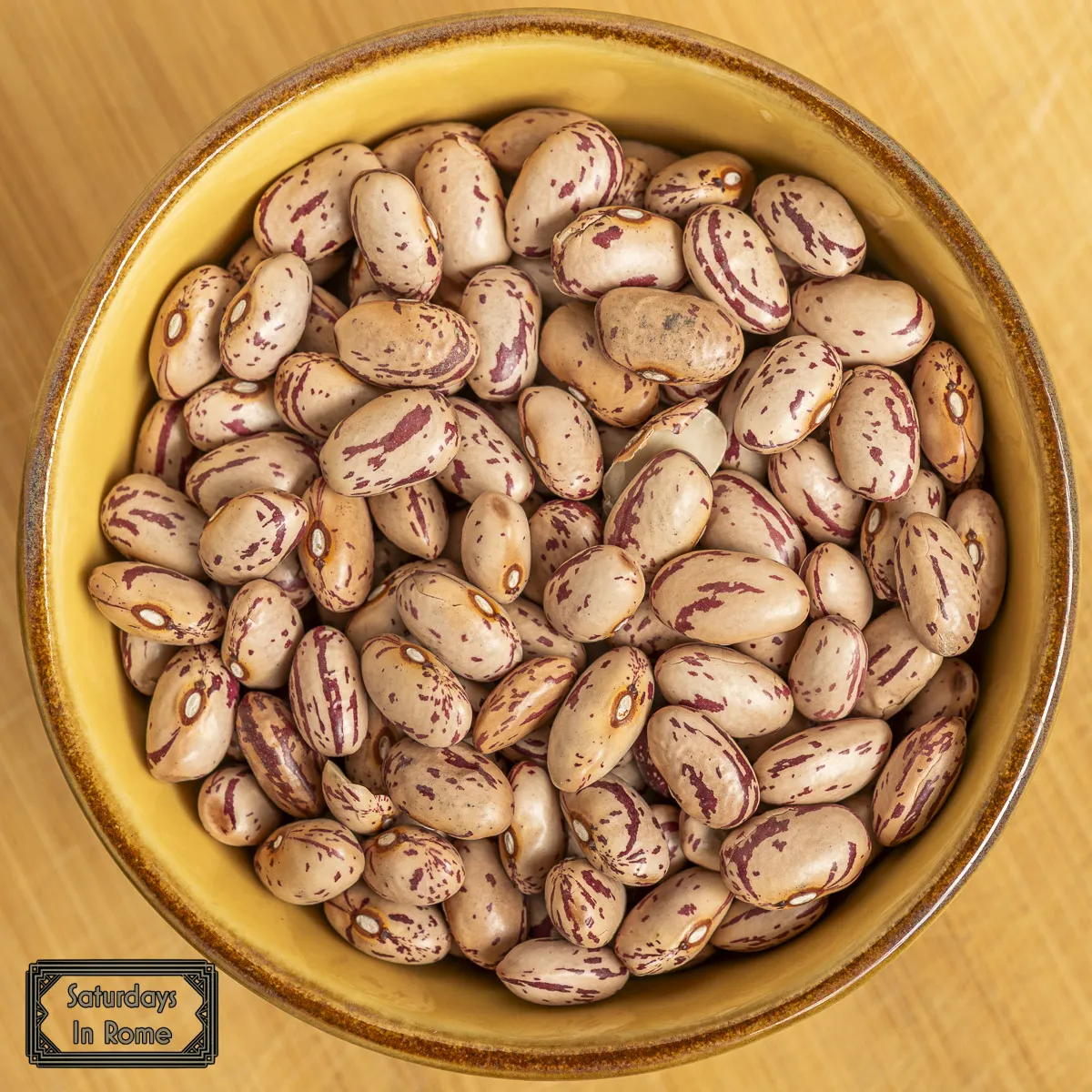
Borlotti beans, also known as cranberry beans, are a staple in northern Italian cooking, especially in regions like Veneto and Tuscany. They are, however, ubiquitous across Italy and I’ve easily found them in supply all over Rome. These speckled legumes bring a nutty, creamy texture to soups, stews, and salads.
These beans are rich in protein, fiber, and essential minerals, making them a popular ingredient in both meat-based and vegetarian Italian dishes. Borlotti beans pair beautifully with rosemary, sage, and extra virgin olive oil, and they’re a must-have in dishes like:
- Pasta e Fagioli (a.k.a. Pasta Fazool)
- Bean and Potato Salad
- Beans and Anchovies Salad
- Beans and Tuna Salad
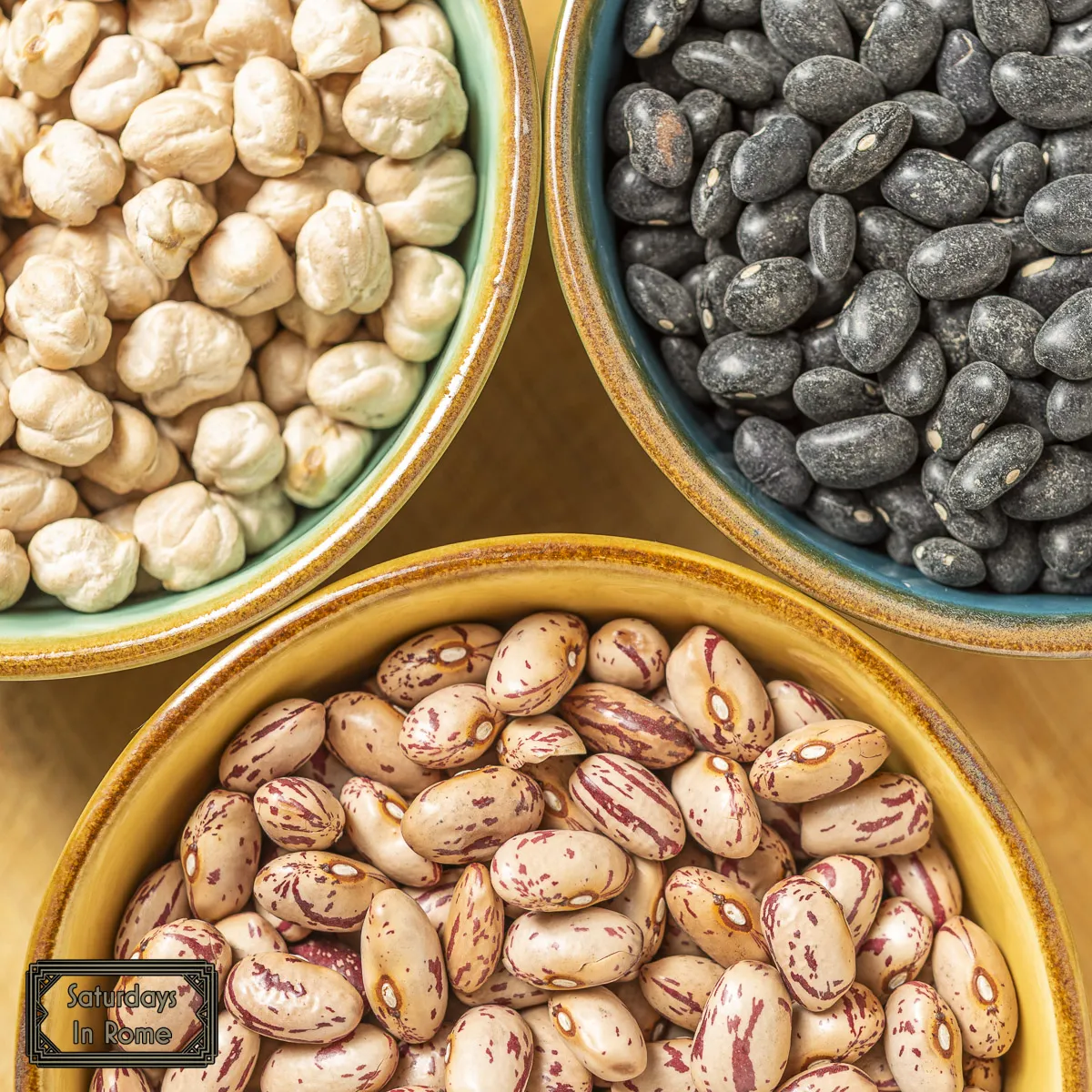
When you are planning to try Borlotti beans, and you definitely should, you should be able to find them in the can as well as dried. I prefer to cook with dried beans, if I remember to soak them the night before I need them (which can be a challenge), but in a pinch, using the canned beans can save quite a bit of time. Just remember to rinse off the beans if they are coming from the can.
Explore why: “Cooking With Borlotti Beans Can Be Healthy And Delicious”.
Taggiasca Olives: Tough To Pronounce But Delicious To Eat
Full Disclosure: I’m not typically an olive fan
I felt like it is important to be clear where I am coming from with my recommendation of these olives. I generally hate the olives you get at an American grocery store. The popular Calamata olives don’t offer a taste I enjoy, and I would pick them off or out of anything to which they were added. The same goes for the green olives with the pimentos in them.
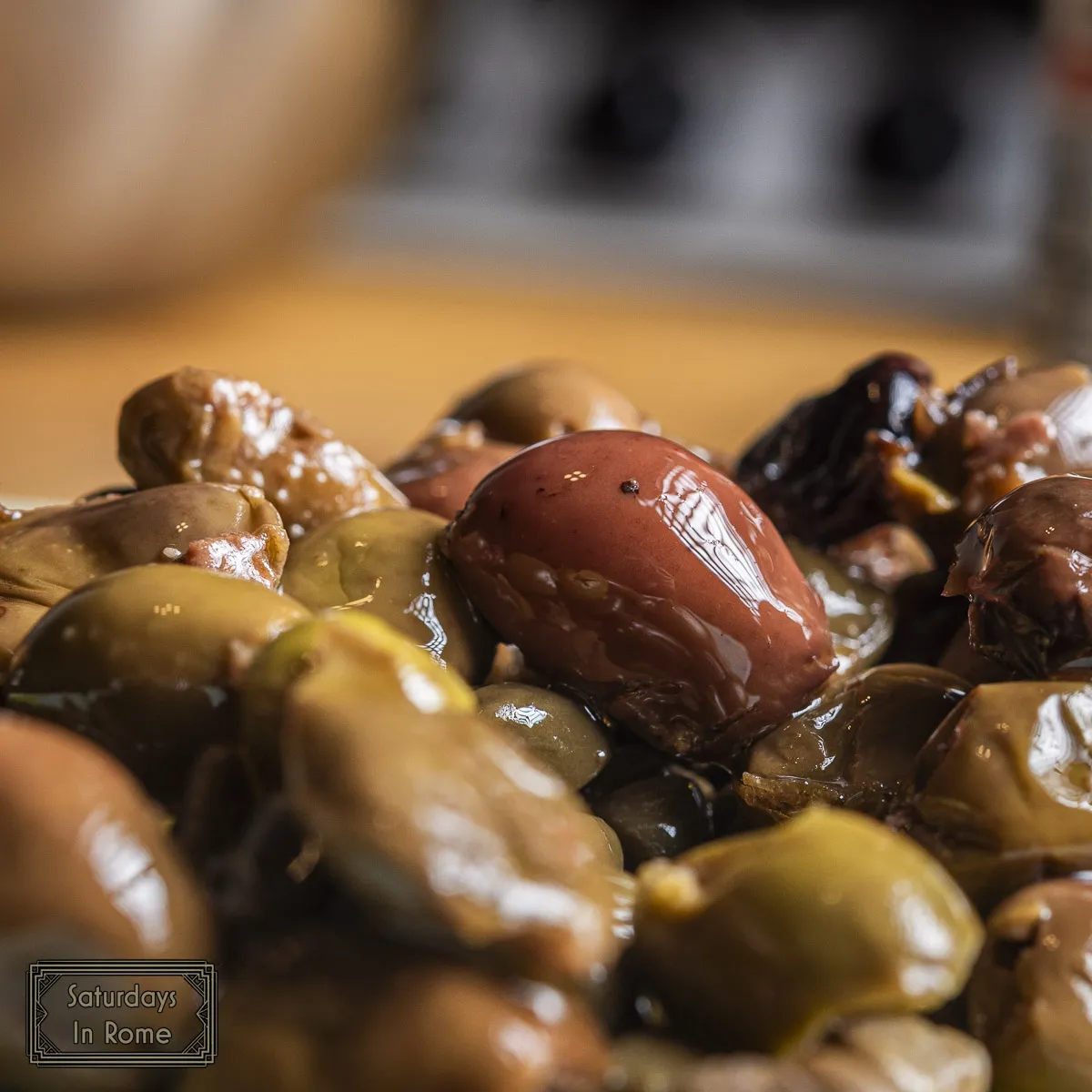
All that being said, you can imagine my surprise when I tried these taggiasca olives in a recipe I was cooking. They aren’t overpowering and they added a great flavor to the dish. I’ve since tried them in other recipes and even by themselves and I’m beginning to believe that I can enjoy olives, as long as they are taggiasca.
Hailing from the Ligurian coast, Taggiasca olives are small, purplish-brown, and renowned for their tender flesh and sweet, fruity flavor. They are often brined or preserved in oil and used in pasta sauces as well as meat and seafood dishes, or simply served as part of an antipasti.
Before heading out to try these olives, I think a pronunciation guide might be helpful. I hope it’s obvious that Taggiasca is an Italian word, so there are a couple of pronunciation rules you might want to be aware of. Taggiasca is broken down into three syllables, with the stress on the second: TAH-JAH-SKA. You don’t want to make the mistake of splitting the middle syllable into two, like: ta-jee-as-ka, so keep it simple as three syllables.
Check out: “Taggiasca Olives Are Great For Olive Oil Or For A Snack”.
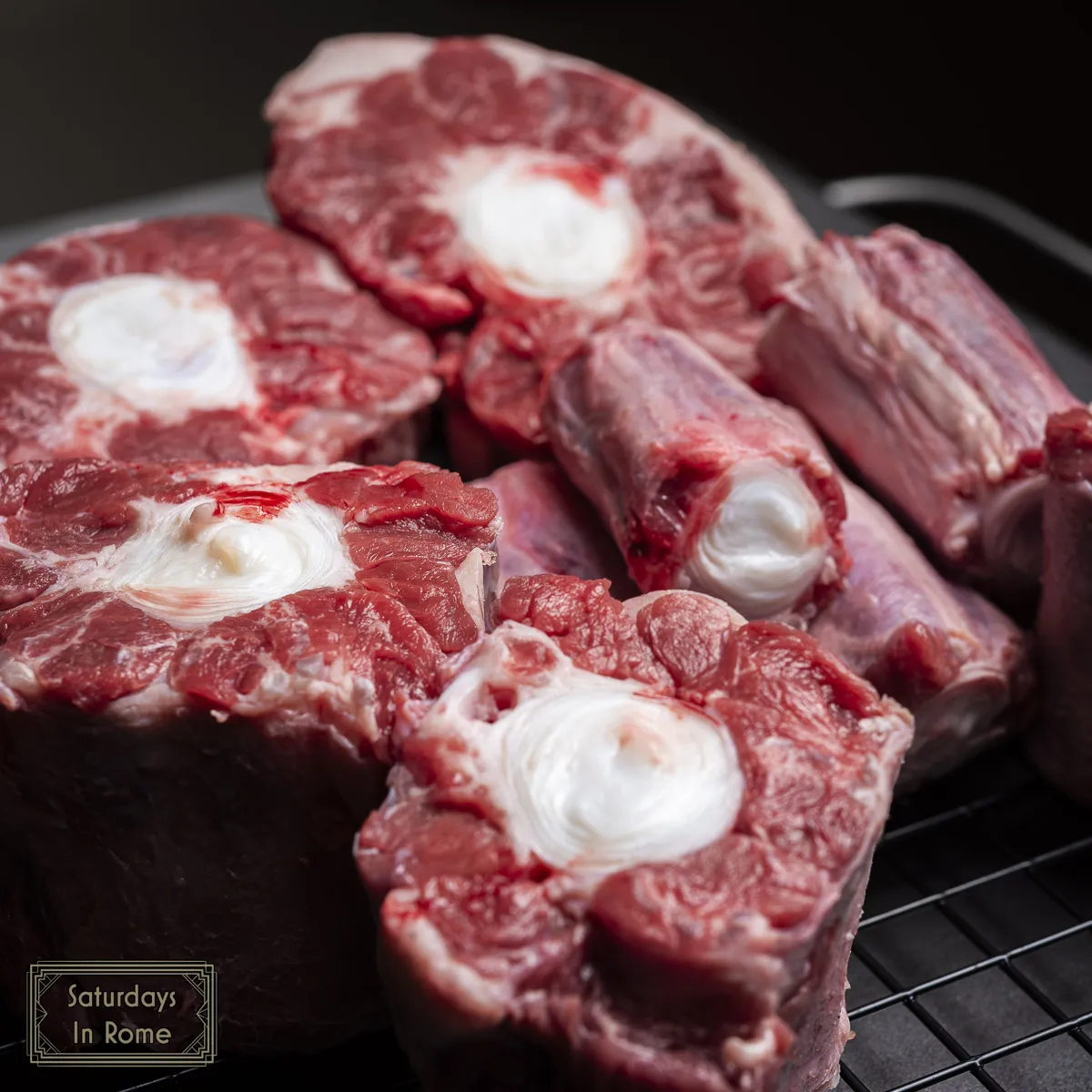
Oxtail: A Roman Classic That’s Gained Global Fame
Ok, a quick personal story to get this going. I was at the butcher shop near my home here in Rome and I was looking to buy oxtail for a recipe. The butcher went into the backroom and showed me the tail. It wasn’t skinned or anything, only a tail that looked like he just chopped it off the cow (they don’t use ox anymore).
That was a pretty unexpected sight and I must say a little jarring. I prefer the slight separation we enjoy between meat and the actual animal from which it comes. Once it was skinned and chopped into sections, it began, once again, to look like meat from a grocery store.
If you want to try some very hearty Roman cooking, oxtail should be on your shopping list. Once considered a cut only for the poorest among the Romans, oxtail is now cherished in recipes that call for long, slow braising, and none is more famous than coda alla vaccinara, a Roman stew rich in tomato, red wine, and aromatic herbs. That was the meal I was trying during my encounter with cow reality.
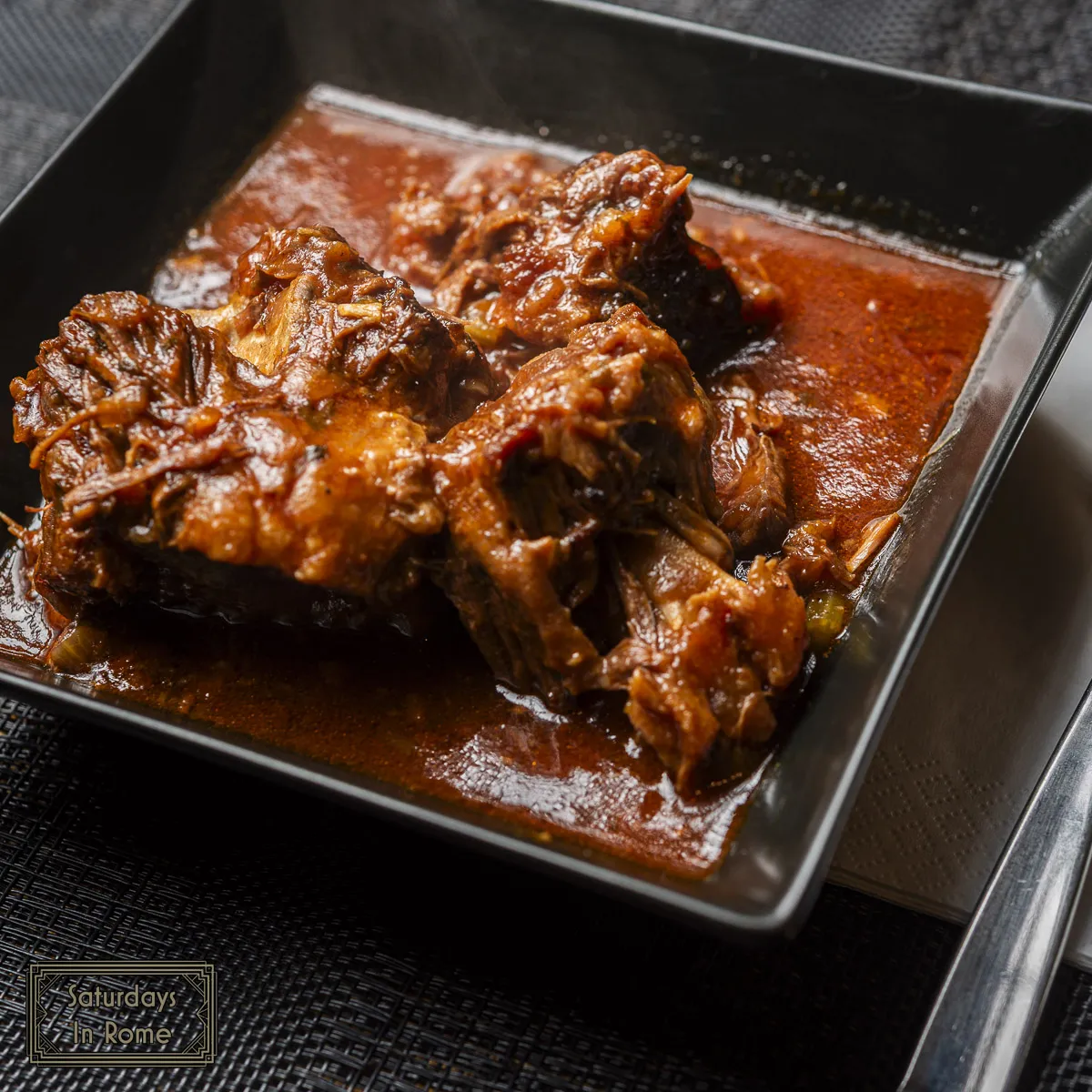
Oxtail, like most bony cuts, is gelatinous, meaty and (for me) incredibly satisfying. It benefits from hours of slow cooking, which breaks down the connective tissue and transforms it into a silky, flavorful sauce. It’s proof that the best ingredients aren’t always the most expensive.
Discover: “Cooking With Oxtail Is Popular Worldwide, Including Rome”.
Italian Farmers Markets: Where the Best Ingredients Begin
In Italy, the journey to a great meal does not begin in the kitchen, or even the local grocery store, but at the local farmers market. Whether you’re in Rome, Naples or Sicily, or even a small village in the Alps, farmers markets are where you’ll find the freshest seasonal produce, artisan cheeses and local wines.
Rome’s small and large farmers markets are a true feast for the senses. They offer the widest selection of seasonal produce that you can imagine, from heirloom tomatoes to pre-cut vegetables that are ready to sauté to hand-harvested herbs, these markets showcase Italy’s culinary diversity. They also offer direct access to the people who grow your food, reinforcing Italy’s close relationship between farm and table.
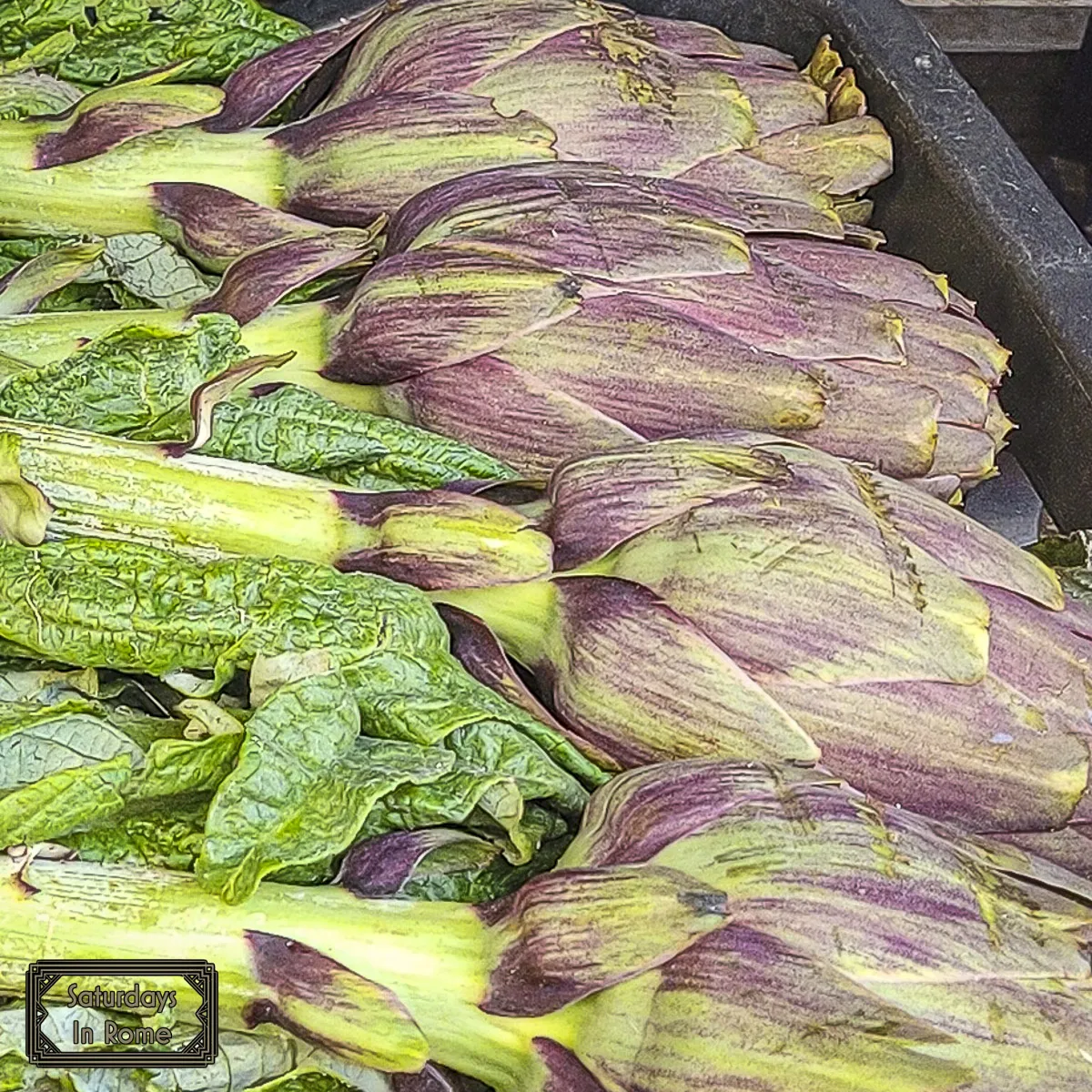
Living in the Centro Storico of Rome provides us with an opportunity to enjoy many convenient and also sprawling farmers markets. Here are some of the notable ones:
- New Esquilino Market (Nuovo Mercato Esquilino)
- Mercato di Campagna Amica del Circo Massimo
- Testaccio Market (Mercato di Testaccio)
- Campo dei Fiori
For even more cultural insight, don’t miss:
- “Farmers Markets In Rome Are A Great Food Culture Experience”.
- “The Best Farmers Market In Rome And Around Italy”.
Italian Balsamic Vinegar Is A Flavor Icon
There are very few ingredients that are as instantly recognizable as proper Italian balsamic vinegar. Originally from Modena, which is a city in the Reggio Emilia region, real balsamic vinegar comes from grape must and it is aged in wooden barrels for several years, and sometimes even decades. The result is a thick, glossy condiment with a balance of sweetness, acidity, and woody depth.

Balsamic is far more than just salad dressing or mixed with olive oil on a plate for dipping your bread. It can be used in marinades, sauces, and even desserts. A small drizzle can transform strawberries, roasted vegetables or even Parmigiano-Reggiano cheese into something that you didn’t realize could be so delicious. This was my experience when I first added it to fresh strawberries. The results were amazing and definitely better than the sum of its parts.
I’m not sure how scientifically solid these claims are, but there have been a lot of health benefits attributed to eating balsamic vinegar. These include:
- Improved Digestion
- Lowering Cholesterol/Weight/Blood Pressure
- Lowering Blood Sugar
- Better Skin Health
If you’re heading out for a bit of shopping, read:
- “The Best Grocery Store Balsamic Vinegar Is A Great Addition”.
- “Italian Balsamic Vinegar Is Great For More Than Dressing”.
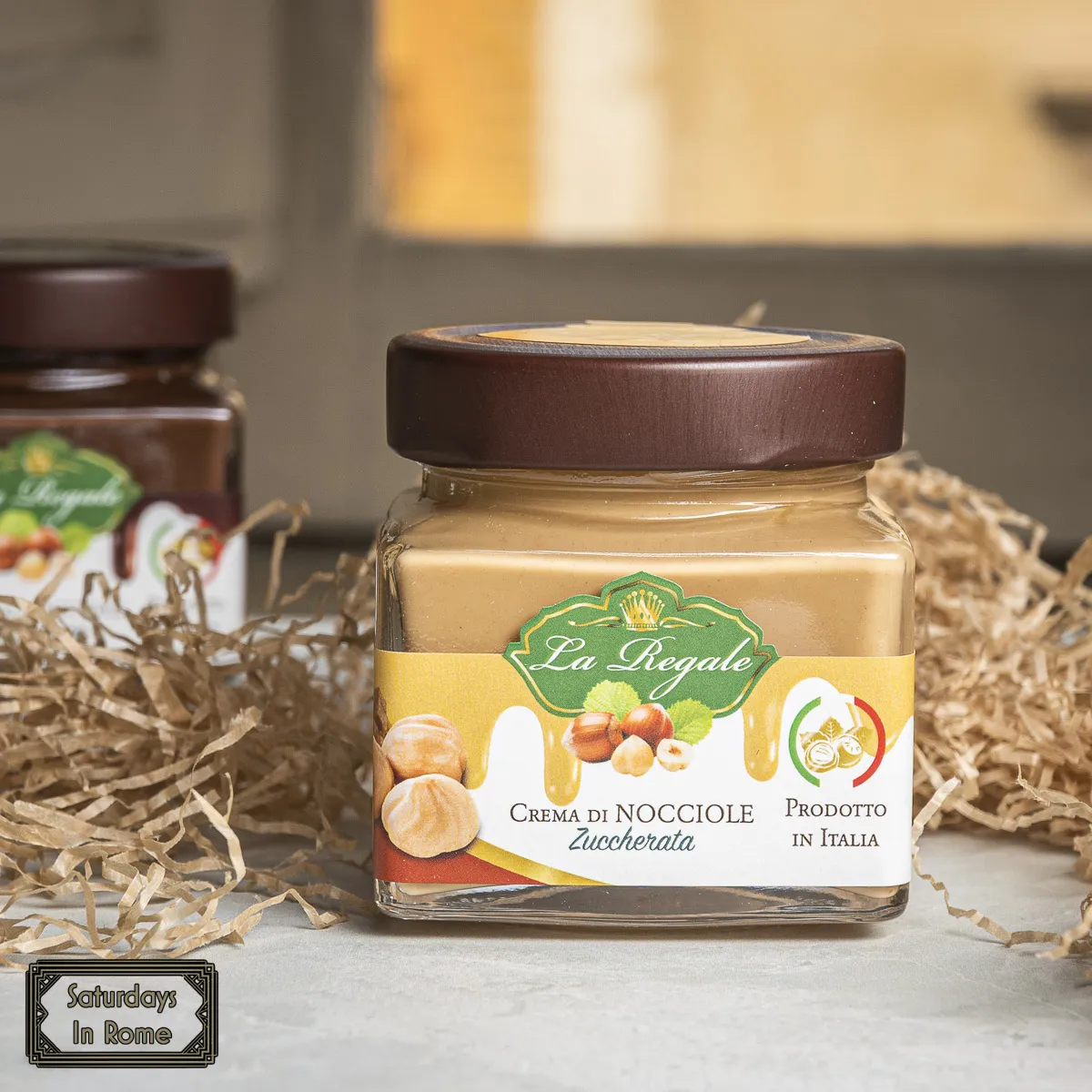
Hazelnut Spread: More Than Just Nutella
While Nutella is globally known and loved, Italy’s best hazelnut spreads are made by smaller scale artisan producers who use local hazelnuts and fewer industrial ingredients. When I was first learning about Nutella, I was led to believe that it was a hazelnut spread, but in reality it was mostly chocolate with a smattering of hazelnuts. Since that early exposure I’ve been trying to find a true Nutella hazelnut spread, but I don’t think it exists even here in Italy.
The Piedmont region, and especially the area around Alba, is famous for its Tonda Gentile Trilobata variety of hazelnuts, considered some of the finest in the world. The Piedmontese hazelnuts that have the IGP designation implies a guarantee of quality and authenticity about the product. The Piedmont hazelnut that has been IGP designated is universally known as the best in the world.

Artisan hazelnut spreads often have a higher nut content and less sugar, offering a richer, more authentic flavor. These spreads are perfect on bread, in baking, or just eaten by the spoonful. Our recent find of a hazelnut farmer in Cuneo helped us understand the level of quality and enjoyment you can reach when you look past the large grocery brands and look for the smaller producers.
Discover: “This Italian Hazelnut Spread Is Artisan, Not Industrial”.
The Best Pasta Flour Is The Foundation
It is so much easier here in Rome to find the proper ingredients for the most authentic Italian cooking. In this case, I wanted to make ravioli and I easily found the right ingredients. In the US, I would’ve needed to head to a specialty shop to find anything other than a basic All-Purpose flour.
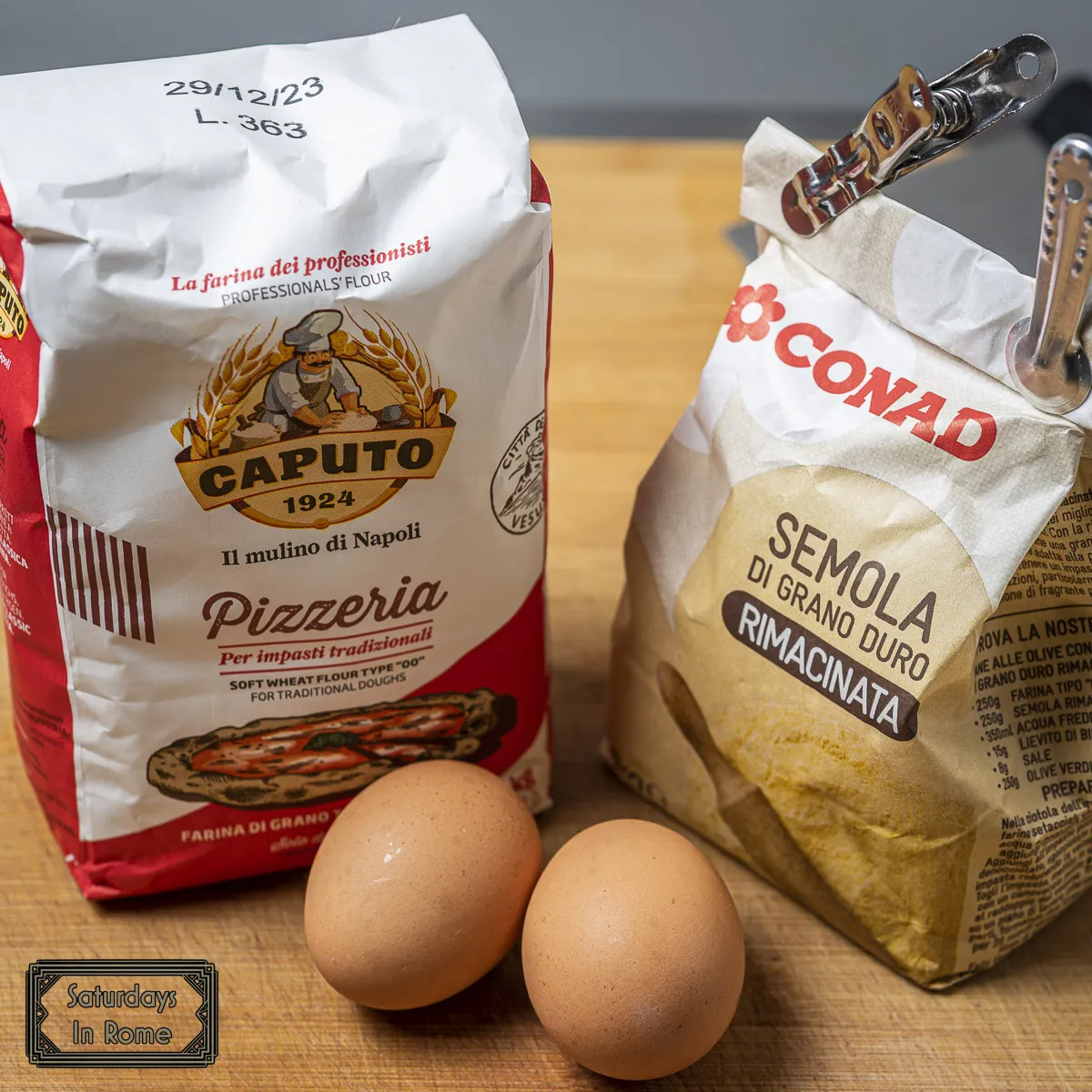
At the heart of nearly every Italian kitchen is pasta and the flour you use definitely makes a world of difference to the results. The two most common types in Italy are semolina (gritty and golden, ideal for those rough extruded pastas like rigatoni) and “00” flour (soft and fine, perfect for silky noodles like tagliatelle or ravioli). Incidentally, and a little off-topic, “00” flour is also perfect if you are making pizza.
The best pasta flour, if you can find it, is often milled locally and freshly packaged. Look for stone-ground, unbleached varieties with minimal processing and no additives. Your dough will be more elastic and your pasta will have a superior bite and flavor.
Understand more with:
- “The Best Flour To Make Pasta Makes All The Difference”.
- “Authentic Italian Pastas Will Make The Dish Perfect“.
There Is Even A Vegetarian Option
Despite Italy’s (and my) love of the salted, cured meats and cheeses, Italian cuisine is surprisingly vegetarian-friendly. Some of the most popular foods, like pizza, cacio e pepe and pasta al pomodoro contain no meat at all. In fact, many other traditional recipes are naturally meatless, from risottos and pasta primavera to eggplant parmigiana and caprese salad.
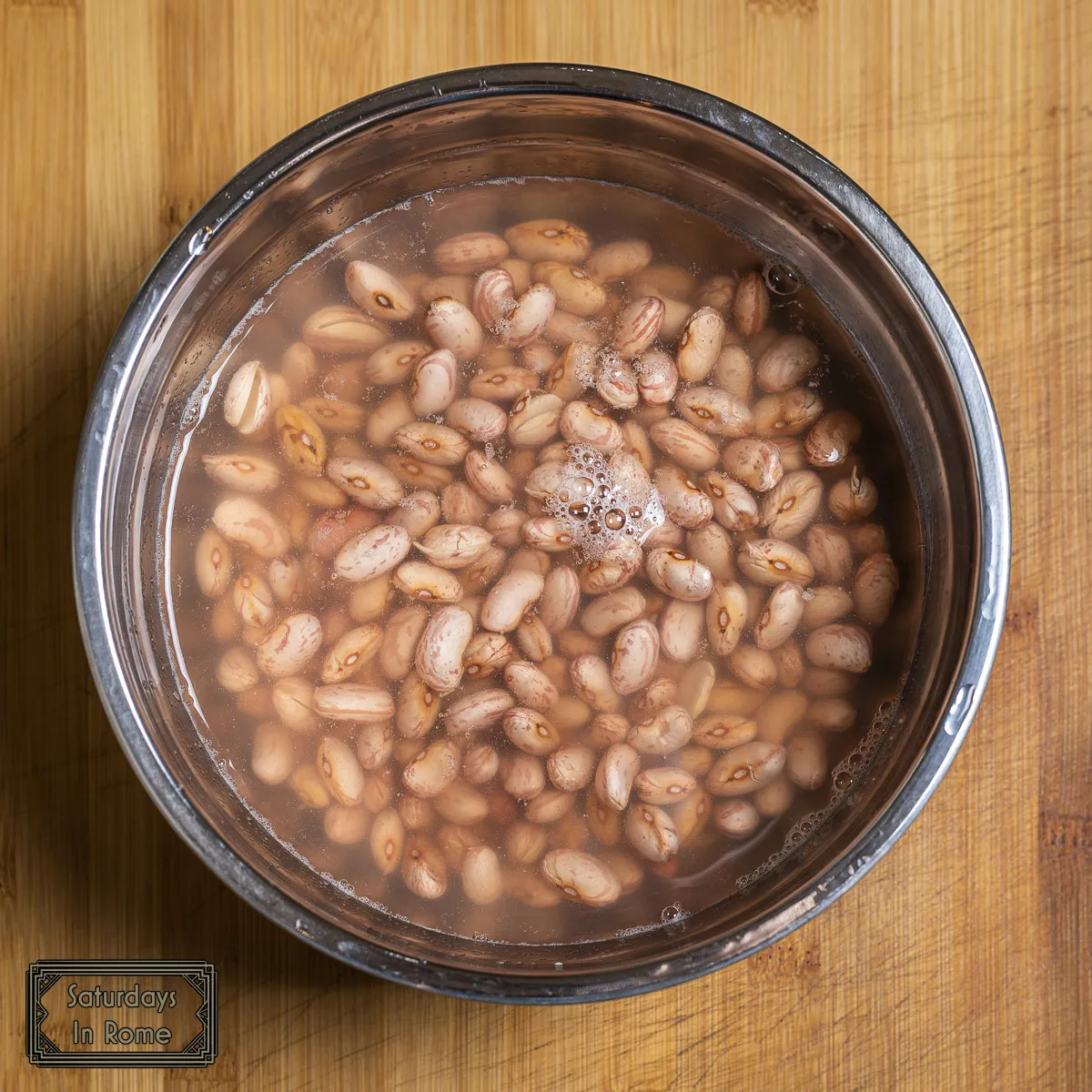
Regional produce drives much of this cuisine. In Sicily, you might enjoy caponata (a sweet and sour eggplant relish), while in Tuscany, hearty bean soups abound. And thanks to local farmers markets, you can always find what’s fresh and in season.
Curious about how to enjoy Italy as a vegetarian? Read: “Can You Eat Vegetarian In Italy During Your Vacation?”.
Why These Ingredients Matter
Each of these ingredients that we’ve discussed tells a story. Not just of culinary tradition, but of regional pride, generational knowledge and seasonal availability. Italian cooking isn’t about complexity. It’s about knowing when and how to use the best-quality ingredients available.
Here’s why these ingredients stand out:
| Ingredient | Region | Use | Highlights |
| Guanciale | Lazio | Carbonara, Amatriciana | Rich, Fatty, Savory |
| Borlotti Beans | Veneto/Tuscany | Soups, Stews and Salads | High Protein, Creamy Texture |
| Taggiasca Olives | Liguria | Salads, Sauces | Mild, Low-Acidity |
| Oxtail | Rome | Braised Dishes | Meaty, Gelatinous |
| Balsamic Vinegar | Emilia-Romagna | Dressings, Toppings | Aged, Sweet/Tart |
| Artisan Hazelnut Spread | Piedmont | Dessert, Breakfast, Snacks | Higher Nut Content, Fewer Fillers |
| Pasta Flour | Nationwide | Fresh pasta | Dough Elasticity and Chew |
| Vegetarian Ingredients | Nationwide | All courses | Seasonal and Plant-Forward |
| Farmers Market Produce | Nationwide | Any dish | Fresh, Local, Seasonable |
Final Thoughts On How to Cook Like an Italian
The reason for the popularity of Italian cuisine is rooted in the land and its people. The best meals are often born from a handful of simple, seasonal ingredients that reflect a region’s identity.
Whether you’re stirring a pot of oxtail stew or drizzling balsamic over grilled peaches, what matters most is the quality of the ingredients that you start with. For more information on cooking with Italian ingredients, check out these articles:
- Cooking with Cured Pork Cheeks (a.k.a. Guanciale)
- Cooking With Borlotti Beans Can Be Healthy And Delicious
- Taggiasca Olives Are Great For Olive Oil Or For A Snack
- Cooking With Oxtail Is Popular Worldwide, Including Rome
- The Best Farmers Market In Rome And Around Italy
- The Best Grocery Store Balsamic Vinegar Is A Great Addition
- Italian Balsamic Vinegar Is Great For More Than Dressing
- This Italian Hazelnut Spread Is Artisan, Not Industrial
- The Best Flour To Make Pasta Makes All The Difference
- Authentic Italian Pastas Will Make The Dish Perfect
- Can You Eat Vegetarian In Italy During Your Vacation?
- Farmers Markets In Rome Are A Great Food Culture Experience
- Favorite Foods Guide: The Best Food You Will Enjoy in Rome
- The Best Restaurants In Rome: Our Recommendations
- The Wine In Rome Is An Amazing Treat Not To Be Missed!
- The Coffee In Italy Is An Amazing Experience
- These Italian Breakfast Foods Start Your Day Perfectly
- These Traditional Italian Drinks Are Thirst Quenchers
- Our Recommendations For The Best Pizza In Rome, Italy
- The Best Gelato In Rome Can Be Difficult To Find
- Our Complete List Of Recipes For Home

